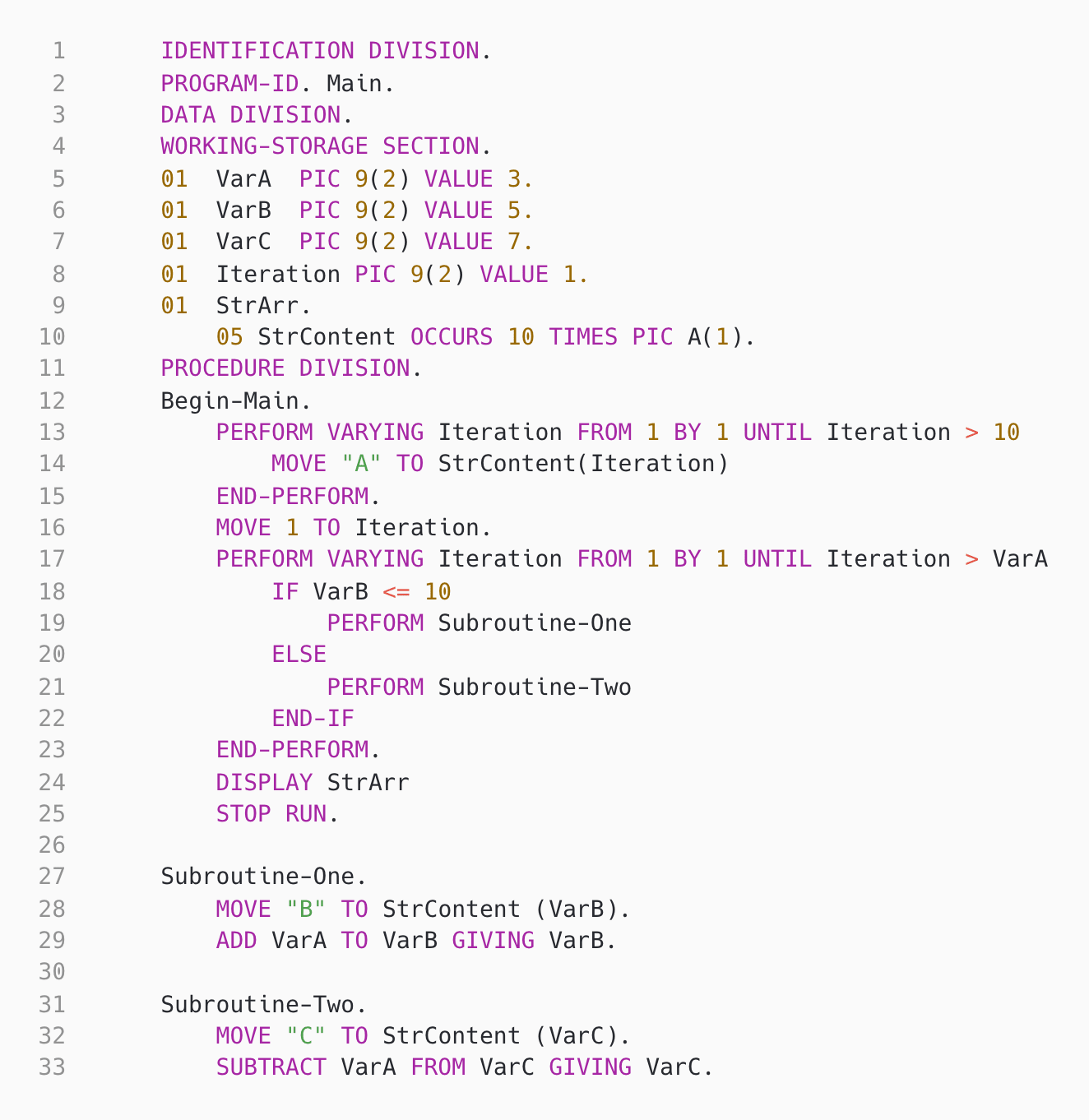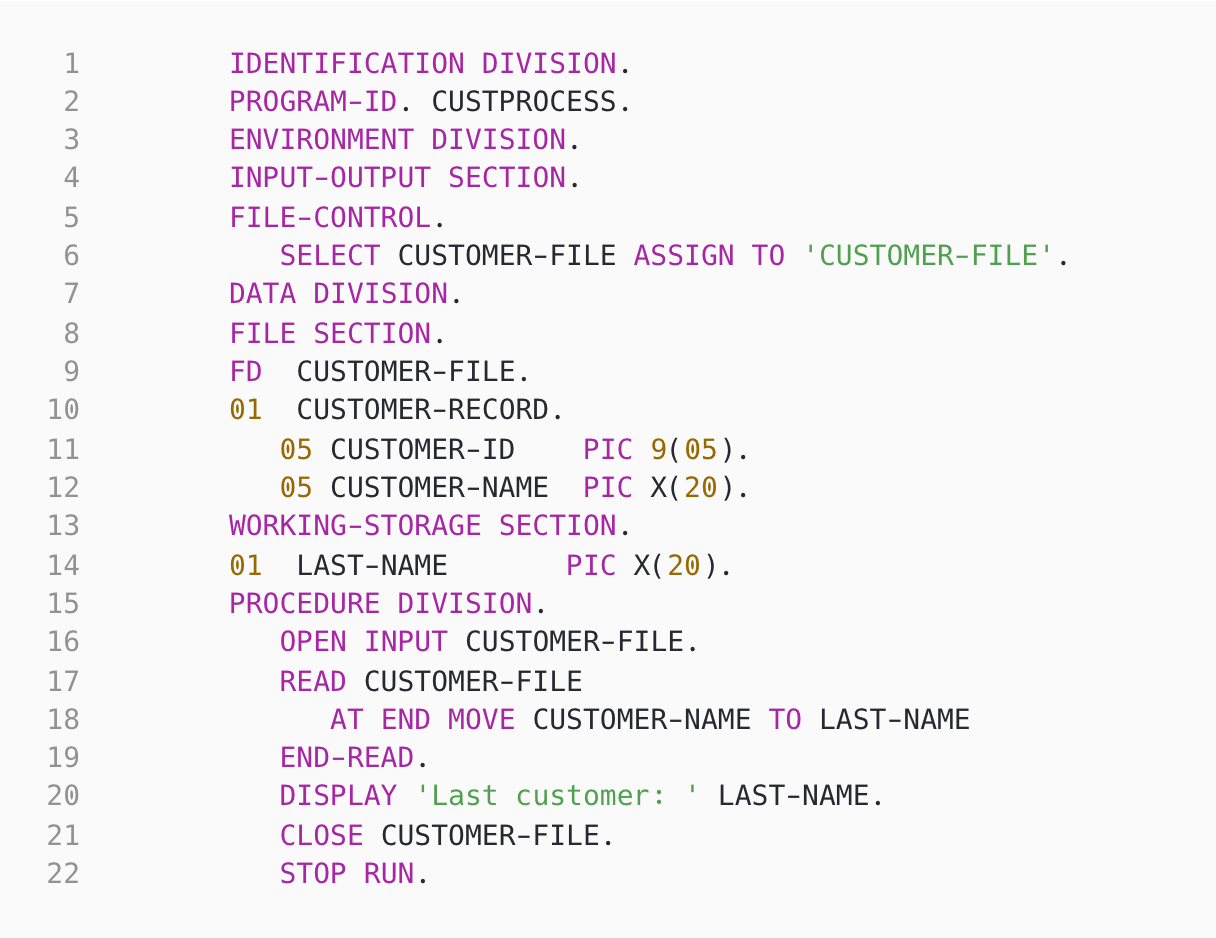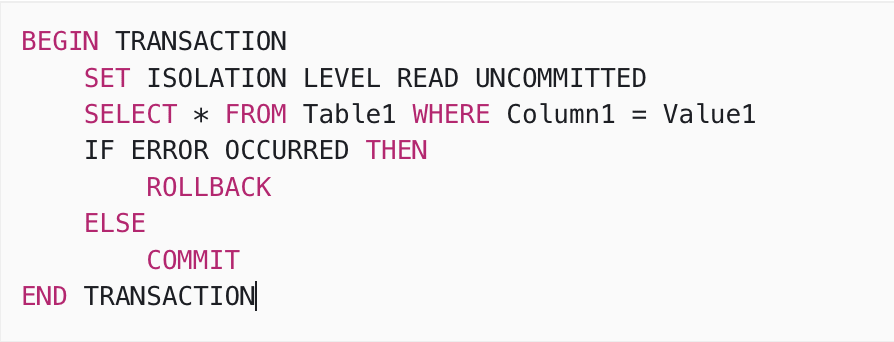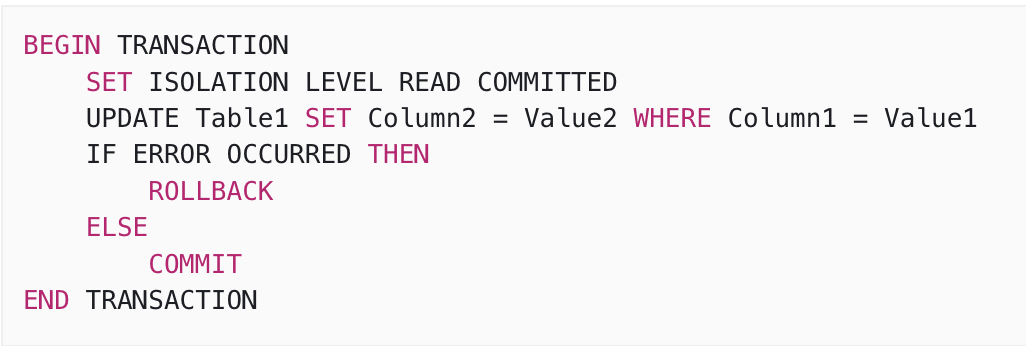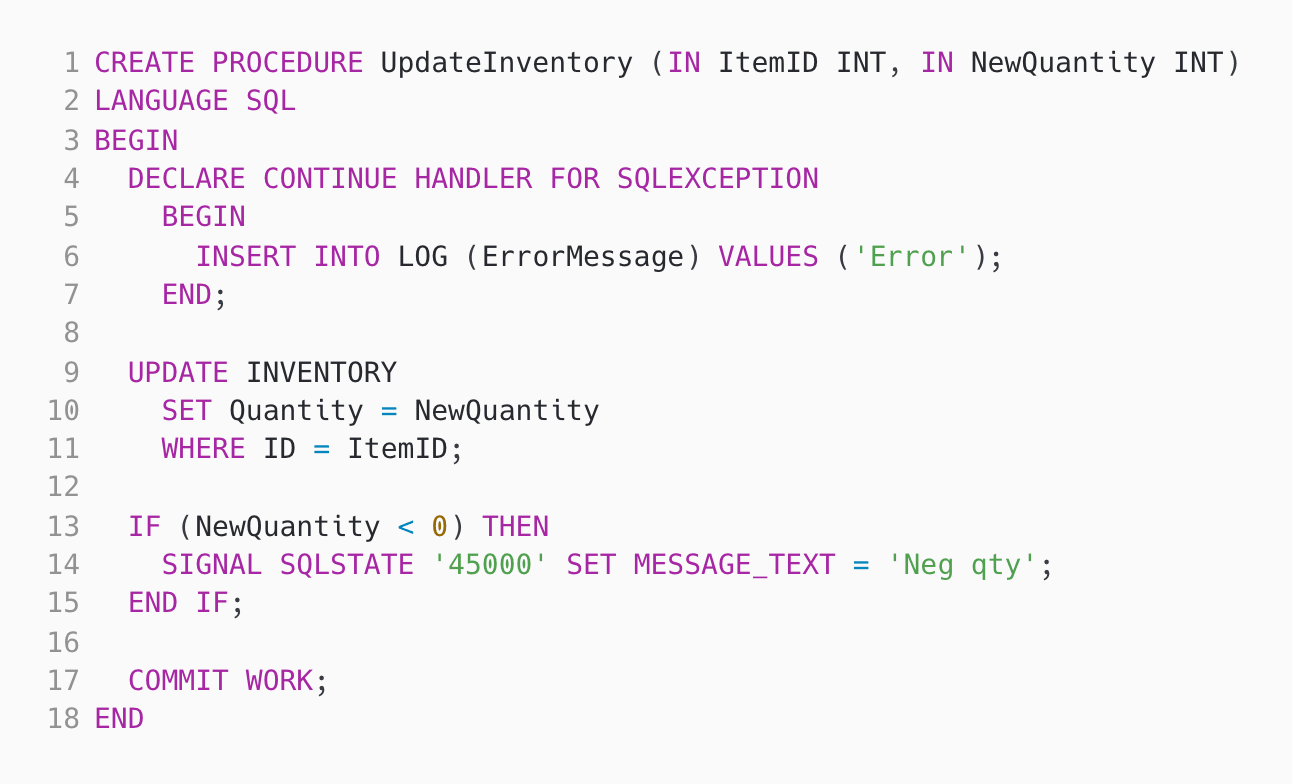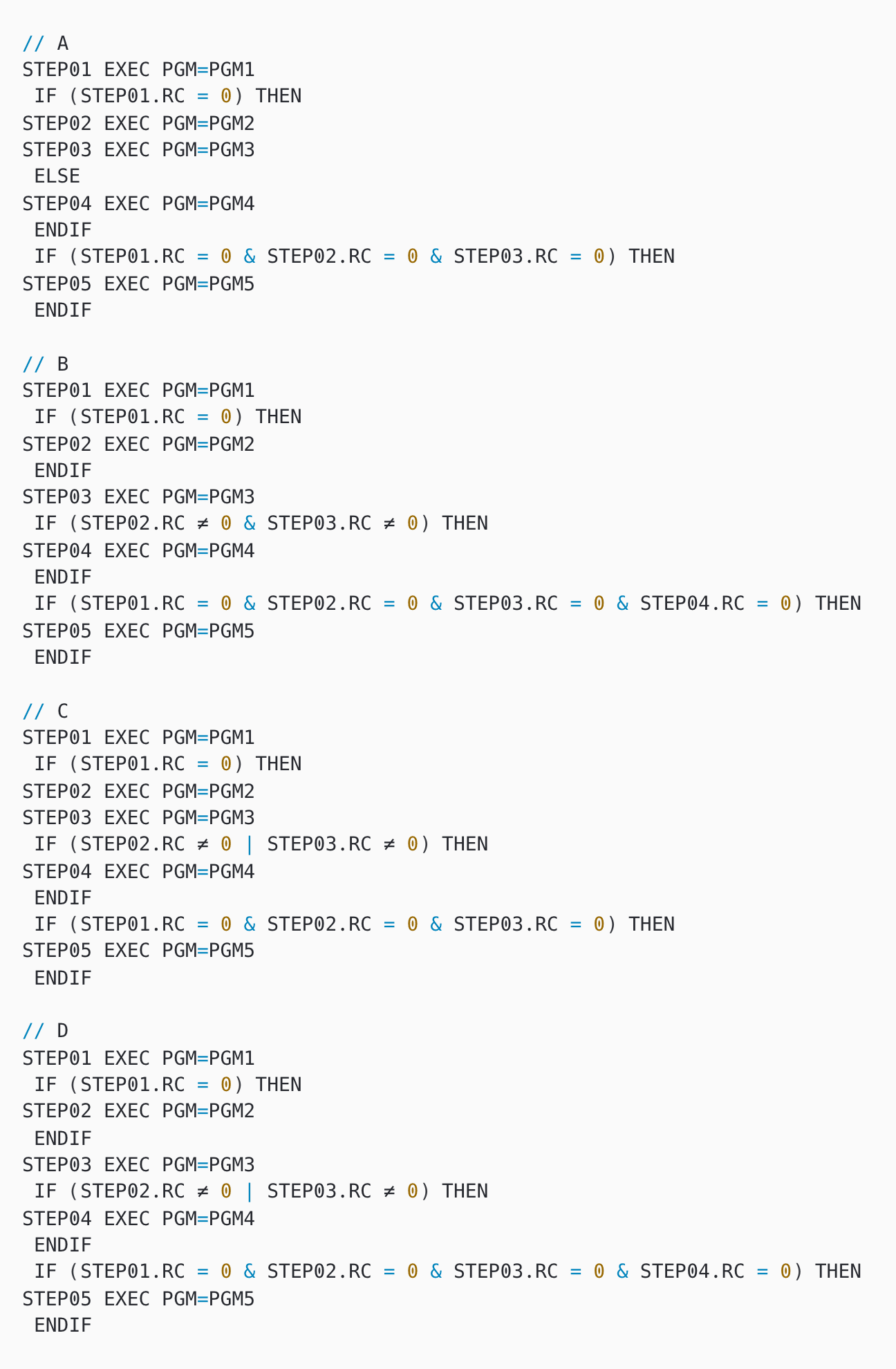COBOL: COBOL, or Common Business-Oriented Language, is a programming language used primarily for business applications. It is known for its readability and self-documenting nature, making it easy for programmers to understand and maintain code. Testing COBOL skills is important as it is still widely used in many legacy systems, and having proficiency in COBOL is valuable for job roles in the banking, insurance, and government sectors.
JCL: JCL, or Job Control Language, is a scripting language used to define and control jobs in an IBM mainframe environment. It is essential to measure JCL skills in this test as it is critical for managing and executing batch processes, defining data sets, and interacting with other mainframe components. Having expertise in JCL ensures smooth and efficient job execution in a mainframe environment.
VSAM: VSAM, or Virtual Storage Access Method, is a file management system used in IBM mainframes. It provides efficient access to large volumes of data through indexed sequential access methods. Testing VSAM skills in this assessment is crucial as it is commonly used for storing and retrieving data in mainframe applications. Proficiency in VSAM is beneficial for job roles involving data management and processing in mainframe environments.
DB2: DB2 is a relational database management system (RDBMS) designed for IBM mainframes. It provides a robust and scalable platform to store, query, and manipulate data. Measuring DB2 skills in this test is important as it is widely used in mainframe environments for managing databases and performing complex data operations. Proficiency in DB2 is valuable for job roles involving database administration and development in mainframe systems.
CICS: CICS, or Customer Information Control System, is a transaction server that enables online transaction processing in mainframe environments. It provides a platform for developing and executing large-scale, mission-critical business applications. Evaluating CICS skills in this assessment is crucial as it is essential for job roles involving online transaction processing and creating scalable and reliable mainframe applications.
IMS: IMS, or Information Management System, is a hierarchical database management system used on IBM mainframes. It provides a robust platform for managing and accessing large amounts of structured and unstructured data. Testing IMS skills in this assessment is important as it is widely used in mainframe environments, particularly in industries such as finance, telecommunications, and healthcare. Proficiency in IMS is valuable for job roles involving database management and application development in mainframe systems.
Assembler: Assembler is a low-level programming language used to develop and control computer hardware and software interfaces. It allows programmers to directly access and manipulate machine-level instructions. Including Assembler skills in this test is crucial as it is still used in certain mainframe environments for performance-critical tasks and hardware interactions. Proficiency in Assembler is beneficial for job roles involving optimization, debugging, and low-level programming in mainframe systems.
RPG: RPG, or Report Program Generator, is a high-level programming language used for business applications on IBM mainframes. It is optimized for processing large volumes of data and generating reports. Measuring RPG skills in this test is important as it is still used in many legacy mainframe systems, particularly in industries such as banking and insurance. Proficiency in RPG is valuable for job roles involving business application development and maintenance in mainframe environments.
PL/I: PL/I, or Programming Language One, is a high-level programming language designed for scientific, engineering, business, and systems programming. It combines features of different programming languages and supports both procedural and object-oriented programming paradigms. Testing PL/I skills in this assessment is valuable as it is used in mainframe environments for developing complex and critical applications. Proficiency in PL/I is beneficial for job roles involving systems programming, scientific analysis, and large-scale application development.
TSO: TSO, or Time Sharing Option, is an interactive command-line interface provided by IBM mainframes. It allows users to interact with the mainframe operating system, execute commands, and perform various system operations. Measuring TSO skills in this test is important as it is fundamental for navigating and managing mainframe environments, including file system access, job control, and system monitoring. Proficiency in TSO is valuable for job roles involving mainframe operations and system administration.
ISPF: ISPF, or Interactive System Productivity Facility, is a software package provided by IBM for mainframe environments. It provides a customizable and interactive interface for managing files, editing programs, and performing various development and administrative tasks. Including ISPF skills in this test is important as it is widely used for day-to-day operations in mainframe environments. Proficiency in ISPF is beneficial for job roles involving program development, system maintenance, and interaction with mainframe resources.




















